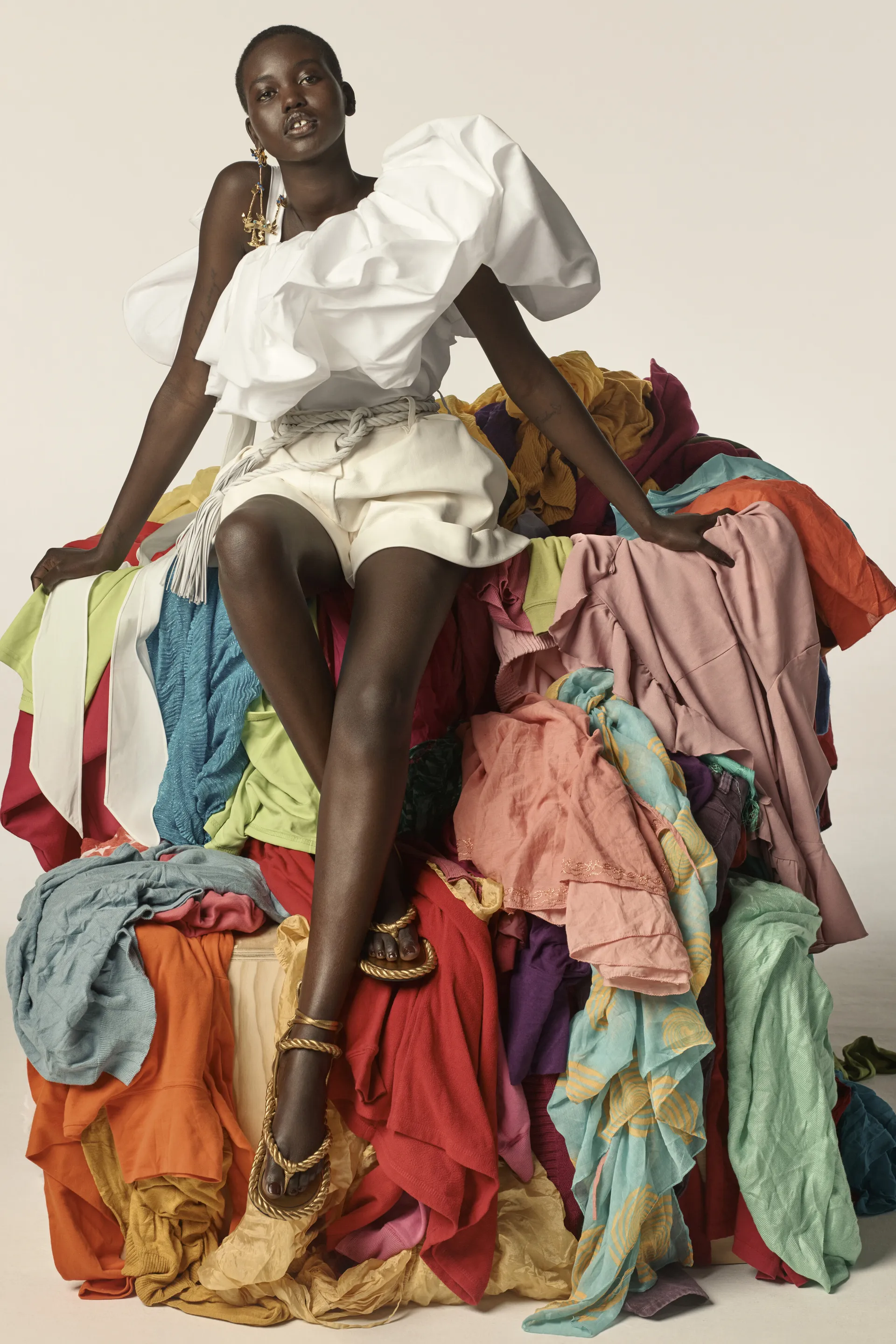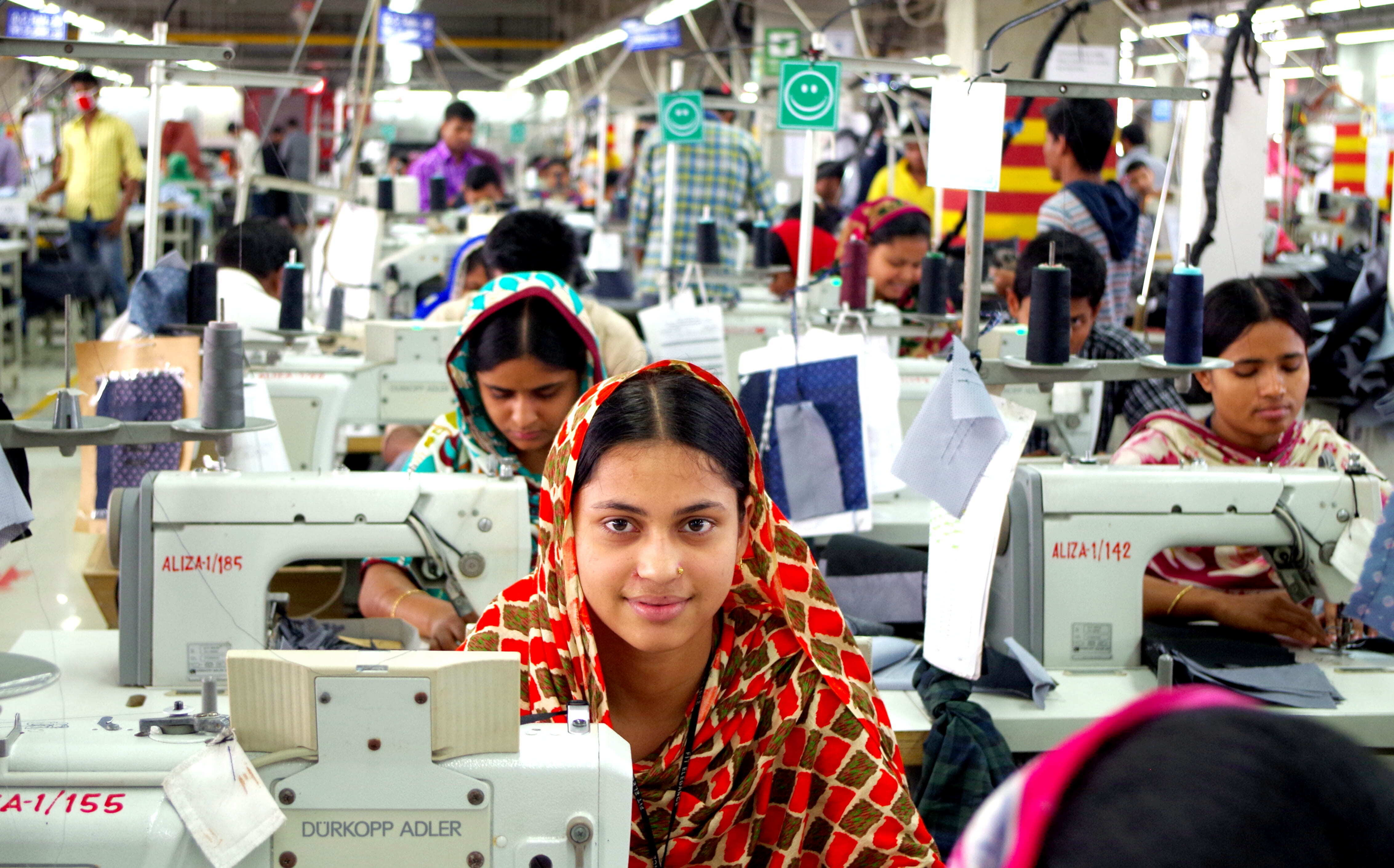Reuse, Recycle or Upcycle?
Mar 07, 2023
Might the new, strict regulations to extend producers’ responsibility in textile waste end up affecting the economic leverage provided by ethical fashion businesses who aim at reusing materials and scraps?
1500 billion litres of water are consumed every year, textile waste exceeds 92 million tons, processing and dyeing of fabrics are responsible for 20% of industrial water pollution and 35% of microplastics in the oceans are attributable to washing of synthetic fibre garments. Approximately $500 billion is lost each year on clothing that is barely worn or ends up in landfills. Yet, out of almost 100 million tons of textiles produced every year in the world, just 1 percent is recycled: 980,000 tons.
https://www.fashinfidelity.com/blog/can-we-recycle-more-than-1-percent
Due to its regulations, the Italian Recycling Industry is able to produce some excellent recycled textile products.
That is because, before being brought back to life, old garments require sanitation: industrially speaking that is a cost which makes Italy less competitive than other EU countries with less strict policies. What’s worse, it makes using recycled materials less convenient.
Or at least it did.
There is a European Directive waiting to be implemented which introduces the so-called EPR, the Extended Producer Responsibility, to textile products.
https://astrirecycling.it/en/astri-recycling-2/
EPR is a quite well-known topic for the recycling industry: it means that the costs for urban collection of plastic packaging, which is paid with citizens’ taxes, have to be somehow covered by the companies of producers.
That is why in Italy the packaging waste collection system is regulated by a private non-profit consortium of packaging producers, by which they ensure to achieve the recycling and recovery target of packaging waste provided for by law. This has recently become the case in Italy for textile waste, too, now to be collected separately exactly like plastic, paper or aluminium.
But Italy introduced the obligation of separate collection of post-consumer textile waste three years in advance of European constraints.
With the entry into force of the new legislation, any post-consumer fabric object - both clothing and other textile materials, such as upholstery, sheets, towels - will have to be collected separately by law. Municipalities and managers who have not yet activated this collection service will have to implement it as soon as possible and regulate it as best as possible. This will lead to an increase in the presence of fractions that are not easily exploitable, with a possible increase in the costs of sorting and disposal which is of great concern to operators in the sector.
Technologies capable of guaranteeing an excellent selection of the collected material are needed. Textile waste is highly uneven, and sorting it requires an effective infrastructural network of plants capable of recovering material, using advanced sorting technologies to be capable of recognizing and differentiating fabrics by type of textile fibre and colour, and will allow for the selection of pre- and post-consumer textile waste. 150 million euros are expected to be invested from the government as a contribution to building such a network, but meanwhile the system is not up yet. Starting from the head of it.
https://ellenmacarthurfoundation.org/extended-producer-responsibility-for-textiles
The paradox, in fact, is that a law is still waiting to be implemented in order to assess who should represent the Producer’s part. Textile producers do not currently sit at the same table with the policymakers as much as packaging producers do, so there is a need for new laws and regulations. And, hopefully, for the stakeholders to be heard.
When we talk about sustainability in fashion there is not only upcycling but an enormous amount of solutions. Depending on the case, recycling could actually be the less smart option: reuse would be a much better one. Platforms for the resale of used clothes between private individuals moving garments one at a time might mean that the environmental impact is very high, pushing down products’ environmental balance.
https://manteco.com/how-is-a-recycled-wool-fabric-made/
That is because clothes are complex products, made up of materials and economic values that are also very different from each other. It all depends on how to structure the sorting and the collecting method.
Circular solutions all need regulation and costs to be covered. To set a functioning system up, stakeholders need to be included in the loop and find out how to manage the three main channels: Reuse, Recycle and Upcycle.
https://www.vogue.co.uk/fashion/article/online-vintage-resale-trend
This is not just about Italy: the most important goal for the latest deadline, which the EU set at 2025, should be to have even regulations across Europe, with the aim to minimise waste and feed a healthy industry with materials under the principles of circularity.
If you want to seek more cooperation opportunities, contact us!
If you want to join our network of talents fill in our form
BETWEEN can assist you to establish links and will become your best partner on the road of future development!

















